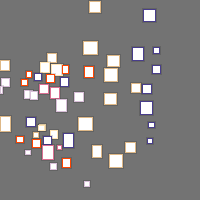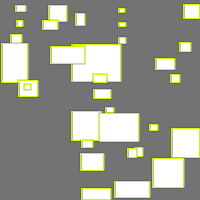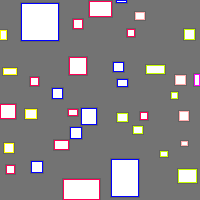just hold Computer Vision Project
Updated 2 years ago
886
views39
downloadsHere are a few use cases for this project:
-
Training AI-Assistant for Rock Climbing: The model could be used as a vital part of training an AI assistant for rock climbing tasks. By identifying different holds with varying colours and types, the model can guide climbers on the best possible routes or movements needed to successfully scale a climbing wall.
-
E-Commerce Tagging and Inventory Management: Online retailers specialized in climbing gears might use the model for product recognition, helping them to create automated tagging and manage their product inventory more effectively. For example, the model could distinguish between a red 'pinza' or a blue 'jug', facilitating more accurate product recommendations.
-
Virtual Climbing Game: This could be used in a virtual reality or augmented reality climbing game, where understanding and recognizing different types of climbing holds is crucial.
-
Fitness Tracking Application: The model can also be incorporated into a mobile fitness tracking app geared towards climbers. It can identify different types of holds and keep track of the user's performance with each one (repetitions, successful attempts, failure rates etc.)
-
Safety Inspections and Risk Assessment: Using the model, developers can create a system to conduct automated inspections of climbing walls, identifying any misplaced or damaged holds which could lead to potential safety risks.
Build Computer Vision Applications Faster with Supervision
Visualize and process your model results with our reusable computer vision tools.
Cite This Project
If you use this dataset in a research paper, please cite it using the following BibTeX:
@misc{
just-hold_dataset,
title = { just hold Dataset },
type = { Open Source Dataset },
author = { JM studio },
howpublished = { \url{ https://universe.roboflow.com/jm-studio/just-hold } },
url = { https://universe.roboflow.com/jm-studio/just-hold },
journal = { Roboflow Universe },
publisher = { Roboflow },
year = { 2023 },
month = { apr },
note = { visited on 2025-02-27 },
}
















